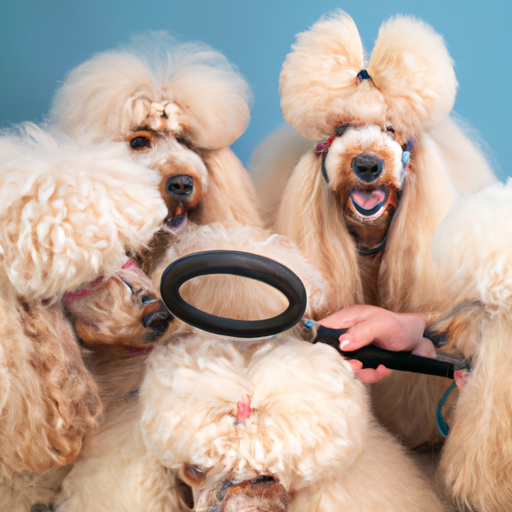Introduction
As a caregiver, you’re always taking care of others, whether they’re two-legged or four-legged. And when you’re considering adding a new furry member to your family, you’ve got a lot to think about. One key factor for many is the amount of shedding a potential pet may do. If you’re in search of the perfect canine companion that won’t leave your home covered in fur, let’s dive into the world of low-shedding dog breeds.
1. Top Five Low-Shedding Breeds
When it comes to dogs that shed the least, a handful of breeds stand out. Let’s take a closer look at these minimal shedders:
Bichon Frise
These adorable small dogs with their cotton ball-like coats actually shed very little. Their hair grows much like human hair, which reduces the amount of shedding significantly.
Poodle
Standard, miniature, or toy, all poodles have hair instead of fur, which means less shedding. Poodles are also hypoallergenic, making them a great option for allergy sufferers.
Shih Tzu
Shih Tzus have a double coat that doesn’t shed much. Their hair will fall out only when brushed or broken.
Maltese
These small and friendly dogs have a single coat of hair, not fur, similar to the Shih Tzu, which results in minimal shedding.
Yorkshire Terrier
Yorkshire Terriers, or Yorkies, have a single coat of hair that sheds very little. They are also hypoallergenic.
2. Factors Affecting Shedding
Shedding in dogs can be affected by several factors:
- Breed and Genetics: Some breeds naturally shed more than others due to their genetic makeup.
- Health: Health issues can often lead to increased shedding.
- Season: Many dogs shed more during certain seasons of the year.
3. Care Tips for Low-Shedding Dogs
Even though these breeds are low-shedders, they still require regular grooming to keep their coats healthy. Here are some tips:
- Regular brushing: This will help remove dead hair and prevent matting.
- Regular baths: Depending on the breed, you may need to bathe your dog every 2-4 weeks.
- Professional grooming: Some breeds require professional grooming to maintain their coat shape and health.
4. Choosing the Right Breed for You
When choosing a dog, shedding is just one factor to consider. You also need to think about the dog’s:
- Size
- Temperament
- Energy level
- Lifespan
| Breed | Size | Temperament | Energy level | Lifespan |
|---|---|---|---|---|
| Bichon Frise | Small | Playful, Curious | High | 14-15 years |
| Poodle | Varies | Intelligent, Active | High | 10-18 years |
| Shih Tzu | Small | Outgoing, Alert | Low | 10-16 years |
| Maltese | Small | Playful, Gentle | Medium | 12-15 years |
| Yorkshire Terrier | Small | Bold, Independent | Medium | 13-16 years |
FAQ
Q: Do all small dogs shed less than larger breeds?
A: No, shedding is more related to breed and genetics than size.
Q: Does a dog’s age affect their shedding?
A: Yes, older dogs may shed more than younger ones due to health issues.
Q: Are hypoallergenic dogs the same as low-shedding dogs?
A: Not always. Hypoallergenic dogs may still shed, but their dander is less likely to trigger allergies.
Q: Do low-shedding dogs require less grooming?
A: No, low-shedding breeds often require regular grooming to maintain their coat health.
Q: Can I reduce my dog’s shedding?
A: Yes, regular grooming and a healthy diet can help reduce shedding.



